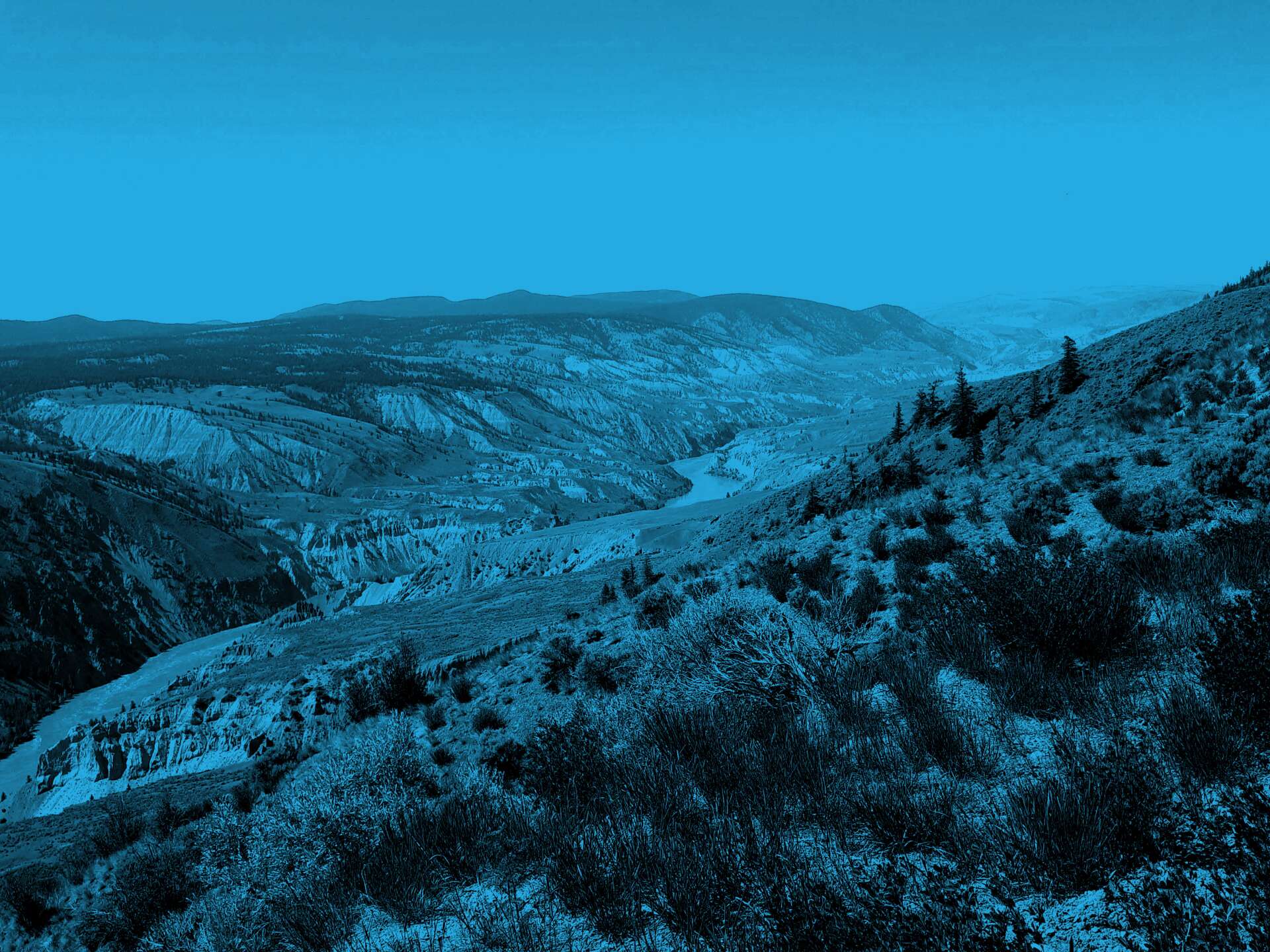Here’s our look forward at major Aboriginal law issues to watch in 2016.
The Métis
The Daniels appeal at the Supreme Court of Canada on the issue of whether s. 91(24) of the Constitution includes Métis and non-status Indians was heard last October. Predicting when the Court will release a decision is a fool’s errand but a decision before the Court takes its summer break wouldn’t be surprising.
Negotiations between the Manitoba Métis Federation, Manitoba and Canada based on the Supreme Court’s 2013 Manitoba Métis Federation decision are ongoing. They are important not just for the Manitoba Métis, but for all Indigenous Peoples interested in whether a court declaration for breach of honour of the Crown can form the basis for a meaningful negotiated settlement.
The question of how asserted Métis rights affect First Nations’ established or unrecognized constitutional rights is being asked across the country. This will be an important issue to watch in 2016.
Duty to Consult and Accommodate
There are currently three duty to consult leave to appeal applications before the Supreme Court of Canada. The Hamlet of Clyde River application was filed in October, 2015. We can expect a decision this spring.
The Nacho Nayk Dun and Chippewas of the Thames First Nation applications were filed in December. Again, it’s difficult to estimate, but decisions could come down by summer.
The primary issue for the Court will be whether the decisions raise issues of national importance, not whether they necessarily agree with the lower court’s decisions.
Because the Chippewas appeal raises the question of an inconsistency in the law between the Federal Court of Appeal’s decision in Standing Buffalo and the Supreme Court’s Rio Tinto decision, it likely has the inside track on being granted leave to appeal. There’s also the possibility that the Court will decide to hear one or more of the appeals together.
Saik’uz and Uashaunnuat Decisions
Both decisions, one from British Columbia and one from Quebec, confirmed First Nations’ right to bring a lawsuit against a third party, e.g. a company, based on yet-to-be-proven constitutional rights. In October 2015 the Supreme Court dismissed applications to appeal both decisions.
It’ll be interesting to see whether more First Nations across the country file lawsuits against third parties for nuisance and/or breach of riparian rights based on asserted Aboriginal title and rights.
The Application of Tsilhqot’in
It will take years to measure the impact of the Supreme Court’s 2014 Tsilhqot’in Aboriginal title decision. The questions that will continue to play out in 2016 include:
- will the British Columbia provincial government meaningfully engage with First Nations to implement Tsilhqot’in principles?;
- will more First Nations file targeted Aboriginal title claims such as those filed in 2015 by Lax Kwa’laams and the Secwepemc?;
- will more territorial Aboriginal title claims be filed outside of British Columbia?; and
- what impact will the Tsilhqot’in decision have on the British Columbia treaty process?
Infringement of Aboriginal and Treaty Rights
The Ahousaht commercial fishing right justification trial is continuing in Vancouver. Depending on when it wraps up, we might have a decision from the Court by the end of the year.
Post Tsilhqot’in the inequity between Indigenous Peoples without treaties and those with the so-called numbered treaties has never been more stark. Public awareness that these treaties were not simply ‘cede, release and surrender’ treaties is growing. This is an important issue to watch in 2016.
With the Supreme Court having opened the door in Grassy Narrows to the provinces’ potential infringement of treaty rights, the issue of consultation vs infringement has gained added importance.
In 2015 the British Columbia Supreme Court in Yahey (see our case comment) raised the possibility of a First Nation obtaining a general injunction based on treaty infringement. Whether this is a realistic possibility is an important issue to follow.
Applications for leave to appeal have been filed in the Prophet River Site C dam decisions from the British Columbia Supreme Court and the Federal Court. Both appeals raise important issues regarding the provinces’ jurisdiction and responsibility to justify the infringement of treaty rights.
Indian Act Registration
Discriminatory Indian Act registration provisions continue to affect Indigenous people across the country.
The Descheneaux appeal at the Quebec Court is important to watch both for the outcome should it proceed and also as an indicator of how serious Justice Minister Wilson-Raybould is about fulfilling her mandate to end appeals that are inconsistent with the Charter of Rights and Freedoms and Canadian values.
National Energy Board and Pipelines
In October 2015 the Federal Court of Appeal spent six days hearing 18 consolidated challenges to Enbridge’s Northern Gateway project. Its decision, which can be expected this spring, will mark another important chapter in the ongoing Enbridge battle. It also has the potential to affect other NEB reviews including those of TransCanada’s Energy East and Kinder Morgan’s Trans Mountain pipelines.
Bruce McIvor, lawyer and historian, is principal of First Peoples Law Corporation. He is also an Adjunct Professor at the University of British Columbia’s Allard School of Law where he teaches the constitutional law of Aboriginal and Treaty rights. Bruce is a proud Métis from the Red River in Manitoba. He holds a Ph.D. in Aboriginal and environmental history and is a Fulbright Scholar. A member of the bar in British Columbia and Ontario, Bruce is recognized nationally and internationally as a leading practitioner of Aboriginal law in Canada.
Follow Bruce on LinkedIn and Twitter
For more First Peoples Law analysis, visit our blog
Sign up for our Aboriginal Law Report
